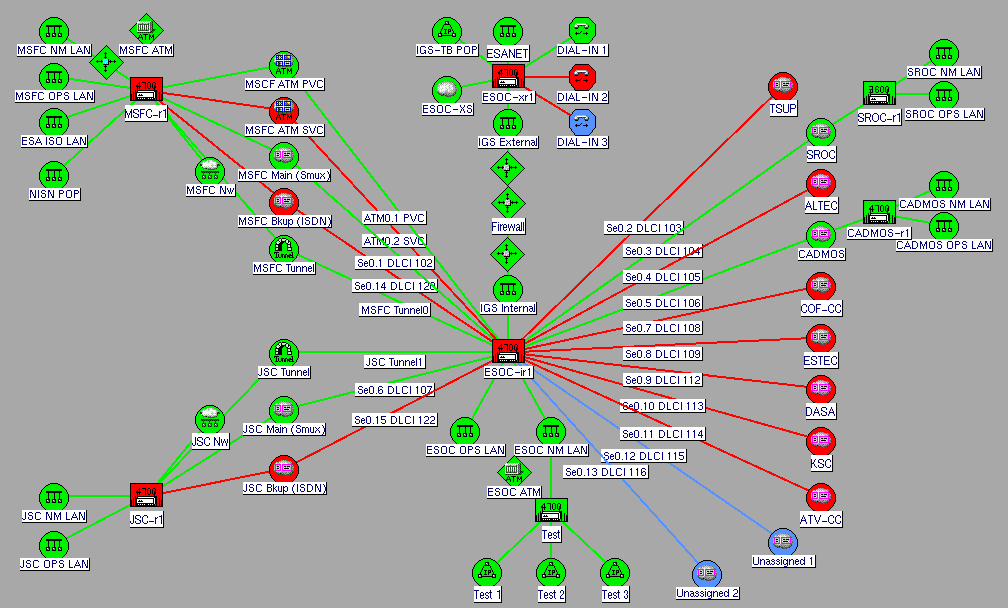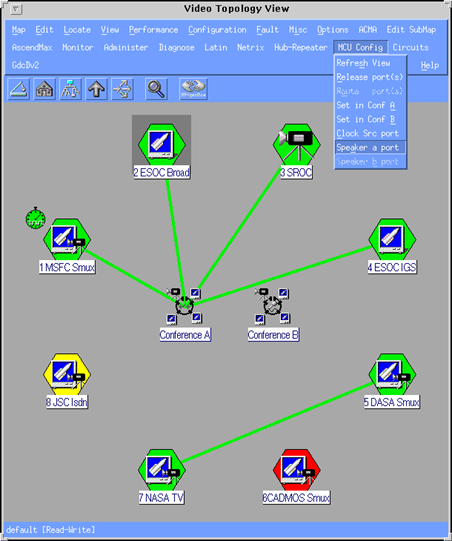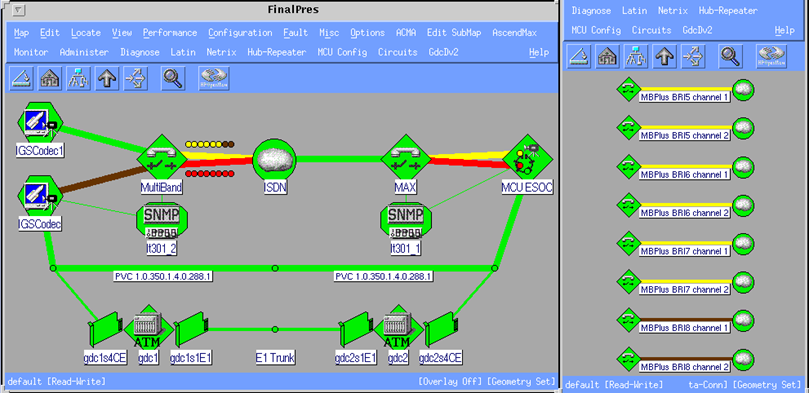We are your partner for monitoring & management
Contact us: info@aethis.comESA bulletin, June 1999
Autors
The prevailing concept of Integrated Network Management in the past has revealed inadequate in many practical cases. Omnipotent monolithic systems, generic enough to cope both with detailed device management and with more general functions at the level of the network or even of the services required heavy development efforts for producing never complete rigid solutions.
A more pragmatic strategy permits to delimit the scope to a representative subset of typical cases. This allows to find simple individual solutions that can be loosely combined to form a prototype system, with the objective of deriving systematic techniques applicable for real operational environments.
This implies the careful selection of some key system and software requirements:
State-of-the-art off-the-shelf Network Management Platform
A network management platform provides a set of basic building blocks, e.g. for event handling or graphical network map animation, which can be customised for specific network management applications.
After a comparative analysis, the HP OpenView Network Node Manager (HP-OV NNM) product has been selected as the core platform for the IMS.

This platform offers a high stability for the custom built applications and assurance of endorsing important new network management technological trends. It is presently the market leader. It is also rather flexible and open, minimising the development effort for those custom applications designed to take advantage of the built-in platform features.
Use of Web-based technology for the export of high-level views
The IMS intends to provide a synthetic and intuitive model of the communications network. This high-level presentation does not only concern the network operators but is also useful to the end users. The easiest way to achieve a widely distributed access is to make use of the World-Wide Web HyperText Markup Language (HTML) and JAVA technology. But, for avoiding unnecessary work, it is better to rely on the standard export mechanism inherent in the network management platform, which will benefit from future enhancements.

